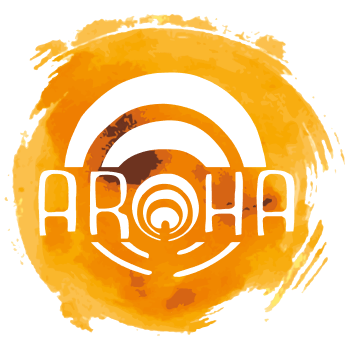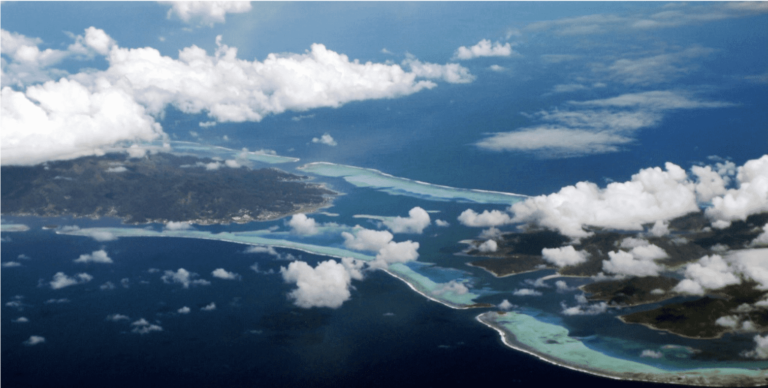The evolution of traditional medicine and Polynesian healing practices is a complex history marked by interactions between ancestral traditions and external influences. From the year 1000, an extraordinary era in traditional medicine, to the official recognition of these practices in 2007, each period has shaped the methods of healing. Here, we explore the five key dates that marked this evolution and impacted traditional healing practices in Polynesia.
+1000 AD – Ancient Civilization
When the Polynesian ancestors arrived in the year 1000, they possessed extraordinary knowledge. They established the foundations of Traditional Polynesian Medicine, understanding health holistically by integrating body, mind, and environment. Their knowledge of medicinal plants was profound. They used spiritual and ritual practices for healing. The tahu’a (priests or healers) played a crucial role, mediating between the world of the living and the spirits. In addition to rituals, they mastered massages and body techniques to treat muscle pain and improve blood circulation.
1819 – Implementation of the Pomare Code
The implementation of the Pomare Code in Tahiti, in the early 19th century, marked a significant turning point in the history of Tahiti and French Polynesia. Indeed, Christian missionaries influenced the development of this code, causing profound repercussions on Tahitian society, particularly on spiritual practices and healing objects. The abandonment and destruction of marae symbolized the suppression of traditional rites and ancient beliefs. Polynesians were also forbidden to possess or use spiritual objects. For example, tiki (statues representing ancestors or deities) and ritual healing instruments were often confiscated, destroyed, or hidden. This period also disrupted the oral transmission of traditional knowledge.
1960 – Implementation of the French Public Health Code
The French Public Health Code of 1860 significantly impacted traditional medical practices. Introduced during the French colonial expansion, it aimed to align medical practices with European standards. Consequently, this code made traditional practices or any other form of medicine not conforming to Western norms illegal. Traditional healers, often called “tahu’a,” could no longer practice their ancestral methods and became marginalized. Their know-how and knowledge, passed down through generations, were devalued and even criminalized. The prohibition of traditional medicine deeply affected Polynesian culture and identity, as medicinal practices were intimately linked to spiritual beliefs and the understanding of the body and illness.
1987 – Creation of the Haururu Association
The first association dedicated to traditional healers and masseurs in French Polynesia was founded under the initiative of the Doudoute couple. They worked to recognize and revitalize traditional Polynesian healing and massage practices, preserving ancestral knowledge. These practices, passed down through generations, are a vital aspect of Polynesian culture. By organizing workshops, conferences, and public demonstrations, the Haururu Association promotes traditional Polynesian medicine both locally and internationally, raising public awareness of the importance and effectiveness of these practices.
2007 – Law Recognizing Traditional Medicine
A law officially recognized traditional medicine as a legitimate medical practice. This recognition had several significant implications for the health and well-being of the inhabitants of French Polynesia, promoting the integration, protection, and promotion of ancestral healing practices. It allowed the gradual integration of traditional medicine into the official healthcare system by including “tradi-practitioners” alongside conventional health professionals. This law offered official recognition of traditional medicine, thus acknowledging cultural diversity and the importance of ancestral practices in Polynesian society, contributing to the strengthening of cultural identity and the well-being of local communities.
Conclusion
The history of Polynesian healing practices is a true odyssey through time, revealing the resilience and adaptability of Polynesian culture in the face of upheavals. From the spiritual and holistic foundations of traditional medicine to the challenges imposed by colonization and regulations, each stage has contributed to shaping contemporary practice. The official recognition of traditional medicine in 2007 marks a significant victory, celebrating cultural diversity and reaffirming the importance of ancestral knowledge in the well-being of communities. By embracing their heritage, Polynesians preserve and perpetuate a healing tradition that continues to thrive and adapt in the modern world.




